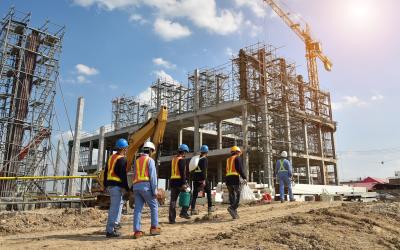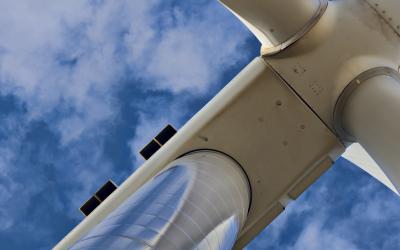Minnesota can manage our natural and working lands to help solve the challenge of climate change.
Tim Dufault has operated his farm in Gentilly township, just east of Crookston, for over 40 years.
He’s seen the effects of a changing climate firsthand, as the mix of crops that can be grown in the region continues to shift. “When I was a youngster, the main crops up here were wheat, barley, sunflowers, potatoes, and sugar beets,” said Dufault. “Fast forward 45 years and wheat isn’t king anymore. Sunflowers left the region in the 90s because of moisture and disease. It’s become too wet to grow brewing-quality barley too. Potatoes have moved to the sandier, irrigated soils of central Minnesota where they can control the water when they want it, not when it falls from the sky.”
Long-term trends in climate and weather patterns, like increasing temperatures and extreme rain events, present serious challenges to farmers, who rely on consistent weather for their livelihoods. Minnesota’s agriculture industry is also a large source of greenhouse gas emissions, which continue to fuel these changes. The Climate-Smart Natural & Working Lands goal of Minnesota’s Climate Action Framework shares action steps Minnesota can take to prepare our farmlands for climate change while adopting climate-friendly agriculture practices.
Some of these recommendations include…
- Incentivizing beneficial agricultural practices like growing cover crops and low-or-no till farming while increasing access to equipment, and seeds to make this possible.
- Investing in new markets and supply chains for crops that keep soil covered year-round, and for wood products that increase carbon storage and substitute for more fossil fuel-intensive materials.
- Promoting local and community-based agriculture to reduce transportation needs and increase food access, especially in underserved communities.
Minnesota’s varied landscapes — croplands, pastures, forests, woodlands, prairies, wetlands, and our more than 10,000 lakes — are part of our identity. They are also an essential part of our climate solution. An acre of grassland can hold as much as 78 tons of carbon while an acre of mature evergreen forest can hold up to 140 tons. By accelerating forest, grassland, and wetland restoration, we can harness the power of these landscapes to store more carbon and reduce Minnesota’s overall GHG emissions.
Adopting these climate-smart land management practices also result in a broad array of additional benefits, including:
- Reduced surface and groundwater pollution, which helps protect drinking water and keeps lakes and rivers swimmable and fishable
- Stronger agricultural, forest, recreation, and tourism economies, especially in rural communities
- A more resilient food supply that supports healthy lives, especially in underserved communities
- Healthy native plant and animal communities
- Natural lands that serve our cultural, recreational, health, and spiritual needs
As Dufault sees it, there is opportunity in change. “Change is scary. And the one constant is change. Climate change scares the heck out of us. Having to adjust the way we do things scares the heck out of us. But we need to look at it as an opportunity,” he shares. “Whether it’s growing different crops or using different tillage practices that will ultimately benefit us. With less tillage and better soil health, we’re producing more with less, and that usually means we’ll have more in our pocketbooks.”
Read more about the Climate-Smart Natural and Working Lands goal of Minnesota's Climate Action Framework.



